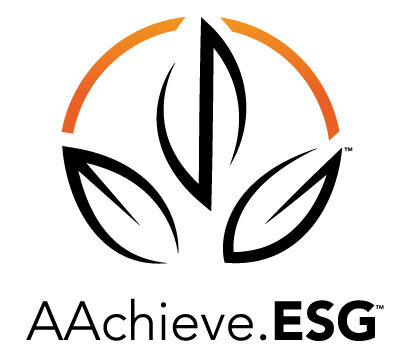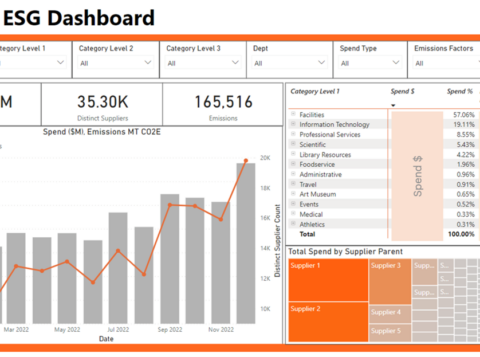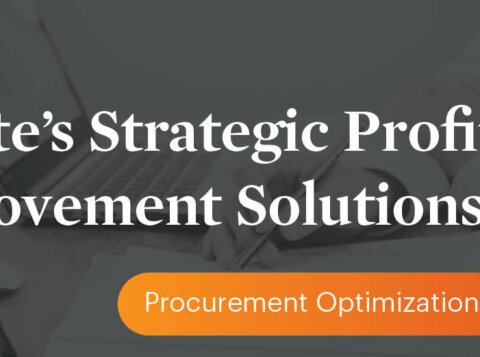How Program Management Best Practices Can Ensure the Success of Enterprise Projects
This an AArete Profitability Improvement insight
Enterprise-wide projects can help bring needed transformation to organizations, though embarking on them can be a high-investment undertaking. Delays or cancellations of these projects are costly — and are surprisingly very common. Oftentimes, cross-functional leaders must juggle their day-to-day responsibilities along with managing an enterprise project. In addition, the likelihood of a project failure can increase when there are misaligned incentives, biases or obligations, or bandwidth constraints.
Enter the Program Management Office (PMO). In contrast with other project management frameworks, the sole priority of a PMO’s team, be it an individual or a group of individuals, is to ensure success of an enterprise project. The PMO, with the support of company leadership, has sweeping mandates to involve the right people at the right time to ensure key deliverables are completed and major project milestones are met. The PMO utilizes project management best practices: project planning tools, key performance indicators (KPIs), and trackers to keep all stakeholders organized and maintain momentum on the project. Key responsibilities of the PMO include scheduling, project planning, and other tedious but necessary tasks, allowing enterprise leaders to focus on their most important responsibilities.
Effective Program Management involves much more than managing deadlines. A PMO with skills in business consulting, data analytics, data visualization, strategic contracting, process mapping and redesign, and more can help you to proactively identify a project’s weakest links and fortify them so they don’t derail progress. PMOs should be natural problem solvers and possess a business mindset with a commitment to maximizing efficiencies for your business, understanding and optimizing the goals of the program, effectively identifying and mitigating risks, and, wherever appropriate, identifying opportunities for improvements.
Four Key Pillars of Program Management
With the right PMO in place, the ownership and responsibility for the timely completion of your enterprise projects are transferred off your plate — allowing your organization to focus on other pressing priorities.
Below are four pillars of successful program management and the roles a PMO and Elevated PMO play in that success:
1. Schedules and Timeline Management:
- PMO: Coordinate with project stakeholders to schedule calls, map project timelines, and communicate deadlines across all parties.
- Elevated PMOs: Identify the critical path based on shared enterprise resources to crash timelines effectively and improve efficiencies without increasing the risk of delays.
2. Effective Cost Management:
- PMO: Track spending across third-party vendors, time and effort spent internally, and capital expenditure against the organization’s project budget.
- Elevated PMOs: Utilize deep procurement expertise to review contracts and negotiate rates/costs when appropriate. Track costs using a total cost-of-ownership model to ensure that the right baselines are used, while leveraging data visualization tools to help analyze and forecast spend with a high degree of accuracy.
3. Risk Identification and Mitigation:
- PMO: Identify early warning signs of project failures, including delays to the project timelines or low adoption, and identify mitigation plans.
- Elevated PMOs: Possess and utilize past PMO experience to identify critical points in a project and predict potential failure points that can derail enterprise projects. These could include software/business stakeholder alignments, data integrity, third-party vendor performance, and robust cross-department collaboration and solutioning.
4. Change Management and Communication Planning:
- PMO: Communicate with all project stakeholders, including end users, executive leadership, and third parties on upcoming changes.
- Elevated PMOs: Use past client experiences of solving complex business challenges to craft a strategic communication rollout plan for internal and external stakeholders, emphasizing empathy for the impacts and disruptions that changes can cause. This type of focus helps optimize post-project outcomes.
Tracking and Measuring PMO Metrics
Best practices for PMOs should also include monitoring several important metrics to see how a project is performing in relation to budget, use of internal and external resources, and long-term performance. Finding a partner with a ready set of tools and templates that can be readily customized to fit the differing needs of your business to help expedite the ability to quickly and reliably track KPIs.
Here are some examples of a few common metrics to be tracked by function:
Finance
- Budget against actuals (static, over time)
- Total cost of ownership, including maintenance and enhancement costs
- Project return on investment
- Resource profitability/average cost per hour
Operational
- % end-user adoption or attendance
- Number and category analysis of complaints/tickets
- % efficiency gain/loss post-implementation over time (e.g. cycle time)
Resourcing
- Internal FTE days spent
- Resource capacity (static, over time)
- Employee churn rate
Project Performance
- Number of adjustments to the schedule
- Number of budget iterations
- Planned hours vs. time spent
A Helping Hand Across the Finish Line
If your organization is seeking program management assistance for complex, highly visible, or mission-critical projects, AArete’s trained and certified project leaders can assist with thoughtfully implementing a PMO framework. With our focus on accountability and a comprehensive system of tracking and reporting, we can help you ensure a successful project outcome.
Learn more about AArete’s PMO services.



















































































